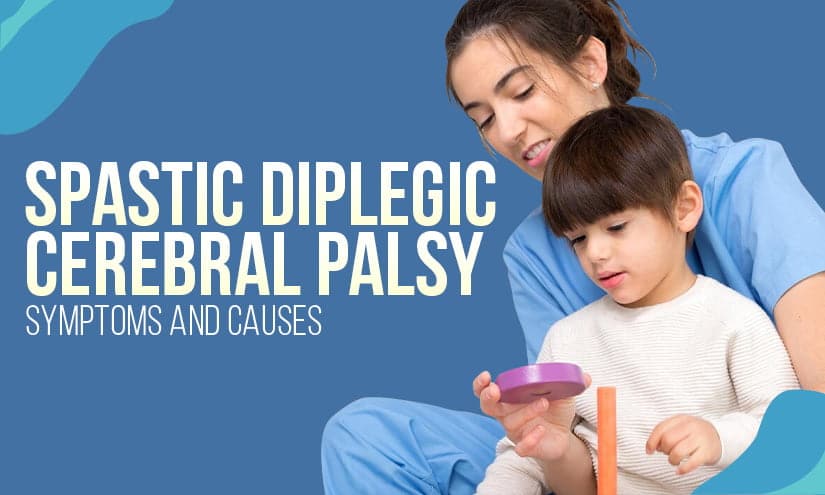- Medication to reduce muscle spasm
- Physical therapy to loosen stiff muscles
- Training to help with balance and posture issues,
- Movement assistance like walker, and braces.
- Certain yoga and massage therapy.
Unlike conventional therapy, spastic diplegia can be cured by cell-based therapy.
Let us now understand how does stem cell therapy works to cure spastic diplegia.
Stem cell therapy is an innovative treatment approach for curing spastic diplegia. The researchers use the innate healing property of the stem cells to repair any damage to the nerve cell. By repairing the damage your doctor can initiate healing spastic diplegia that has caused spastic diplegia.
The regenerative power of stem cell therapy is not hidden from us. It is these master cells that are responsible for the growth of an embryo from a single cell to an adult. Also, it is these stem cells that play a crucial role in repairing any damage that has been caused during wear and tear.
Researchers have used the regenerative power of stem cells to repair damaged nerve cells to cure spastic diplegia.
Spastic diplegia mainly affects the lower limbs and sometimes it may even affect the upper limb. Generally, spastic diplegia causes stiff and contracted limbs making movement difficult. Usually, children who have spastic diplegia walk on the tips of their toes in an unfamiliar “scissor-like walking manner.” The kids having spastic diplegia face difficulty in walking because of excessive muscle contractions that cause bending of the knees and crossing the knee.
Besides causing difficulty in movement the other common symptoms of spastic diplegia are:
- Difficulty in muscle coordination
- The problem in balancing the body
- Seizures (occasionally)
- Joint contractures,
- Difficulty in understanding things
- Bended knees
- Toe walking
- Delayed walking







